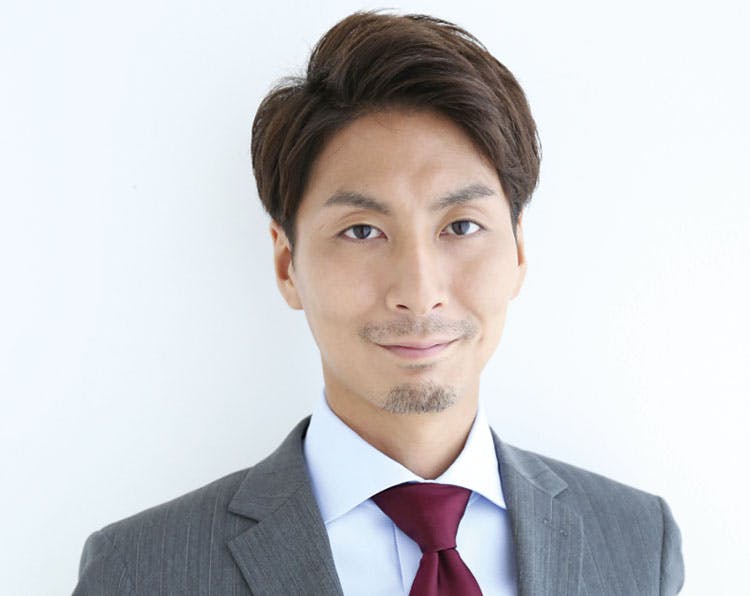
The Art of Ikebana
- Magazine Article
- Events and Programs
Japanese flower design with the Womens Council

Headmaster Hiroki Ohara of the Ohara School of Ikebana
PHOTO OHARA SCHOOL OF IKEBANA HEADQUARTERS
On September 30, 2022, at 5:00 p.m. in Gartner Auditorium, the Womens Council in collaboration with the Cleveland Museum of Art and the Ohara School of Ikebana Northern Ohio Chapter will present a demonstration by Headmaster Hiroki Ohara, the fifth headmaster of the Ohara School of Ikebana, to benefit the CMA. Event cochairs Grand Master of the Ohara School of Ikebana Ingrid Lüders and Second Master of the Ohara School of Ikebana Ursel Dougherty share more about this art form and the upcoming event.
What is ikebana?
Ask someone about the meaning of ikebana, and the words Japanese and flowers immediately come to mind. Yet ikebana is so much more. It is performance art in which nature’s beauty and forms provide the palette and the arranger’s creativity becomes the brush to create a unique work of art. Together with tea ceremony and calligraphy, ikebana has become a social mainstay.
Practitioners of ikebana follow three leading principles: movement, balance, and harmony, with line, color, and material as architectural tools to achieve these principles. Today, after six centuries of evolution, the practice of ikebana is one of spiritual reflection, philosophical interpretation, and bold creative innovation to form a display of communion with nature.
The Japanese art of flower arranging dates back many centuries. Can you share more about its early history?
As Buddhism took root in Japan, offerings, called kuge, emphasized simplicity; typically, three flower stems or branches were used to symbolize the harmony between man, heaven, and earth.
Scenes of ikebana first appeared on scrolls and drawings in the 13th century. Ikebana gradually began manifesting itself in Japanese culture as a secular art form in the 14th century, becoming a common practice. Many schools arose in Japan, each promoting stylistic preferences. In the second half of the 16th century, during the Edo period, decorative rikka, a sophisticated form of ikebana making symbolic references to landscape and Buddhist cosmology, became popular. As ikebana’s classical form matured over the next few centuries, influenced notably by Confucianism and the Chinese literati, the art retained the strong symbolic and philosophical roots of its origins.

Is ikebana practiced outside Japan?
During the 19th and into the early 20th century, the practice of ikebana began to reflect changes and openness between Japan and the West. After World War II, ikebana took flight and began making an impact abroad. Particularly over the past two decades, it has risen to become a pillar in floral arranging. Countless admirers in many countries now study this exquisite art form. Today, the Ohara School of Ikebana Northern Ohio Chapter represents one of the largest chapters outside Japan.
What is the history of the Ohara School of Ikebana and the background of Headmaster Hiroki Ohara who will lead the demonstration?
The Ohara School of Ikebana, known as Ohara Ryu, is among the three leading schools of ikebana today. Generally known for its introduction of moribana (a cluster-like arrangement), the school was founded in 1895 by Unshin Ohara during a time when Japan began opening itself up to the influences of Western culture. Moribana is arranged in a round, flat container and was the first headmaster’s way of integrating colorful Western flowers in traditional Japanese ikebana. Ohara School arrangements emphasize achieving balance through a scalene triangle formed by an arrangement’s three main lines—the subject, the secondary, and the object. Even in free expression arrangements, this triangle remains important to achieve harmony and balance.
Headmaster Hiroki Ohara, current headmaster of the Ohara School of Ikebana, is renowned for his creativity. He followed a fateful path to become the school’s fifth headmaster. Born into one of the acknowledged cultural family legacies of ikebana,
he was only three years old when his father, Headmaster Natsuki Ohara, the school’s fourth headmaster, passed away. He was only six years old when his grandfather died, after which he made his first flower offering as the fifth headmaster for the Ohara School’s 100th anniversary. As he recalled in an interview about why he chose to continue in the footsteps of his ancestors, “I had no idea at all that I was born into an ikebana family!” Still, at around age 13, he recognized that it was his responsibility to pass on the knowledge and traditions of the Ohara School of Ikebana to following generations. He thus decided to advance the great achievements of his ancestors’ work at age 16.
What is the connection between ikebana and the Cleveland Museum of Art and its collection?
The rich array of Japanese art in the CMA’s collection has been an inspiring catalyst for students of ikebana and for demonstrations of floral art at the museum over the past 42 years. The first ikebana demonstration at the CMA was in 1980 by Natsuki Ohara. Nine years later, Ohara School professor Kazuhiko Kudo was invited to give a second demonstration at the CMA. Sponsored by the Womens Council, that event raised the seed money for establishing the Womens Council Flower Fund, which generates funds for brightening the CMA’s lobby with a fresh arrangement of flowers every week. Ohara professors Morishita and Nishi visited in 2012 for a third demonstration of arrangements at the CMA. The upcoming event will be the fourth of its kind.